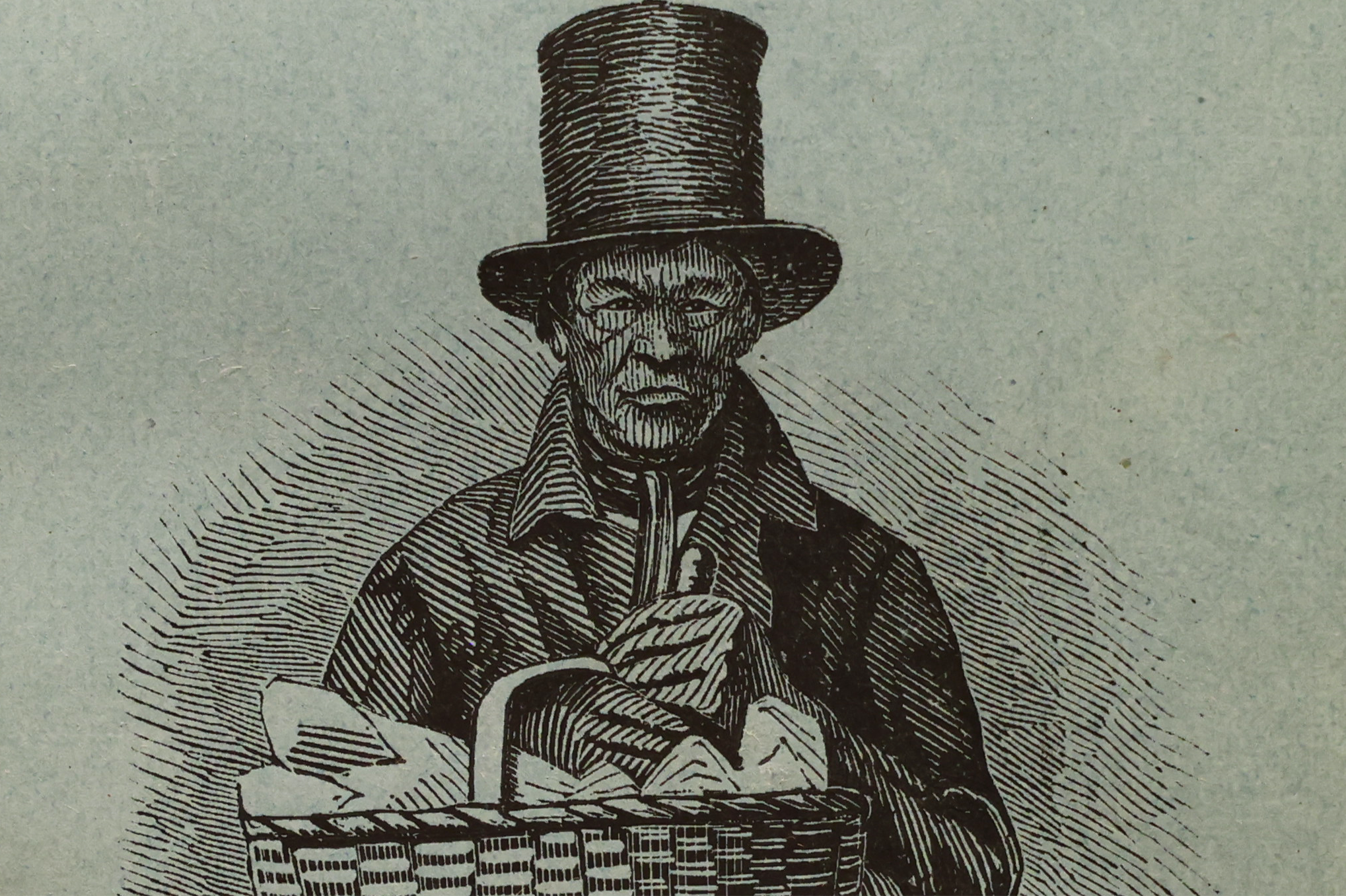Materials related to a temporary display on the Beinecke Library mezzanine, January 8 - February 29, 2024, for the Reverend Dr. Martin Luther King, Jr., Day, Black History Month, and in conjunction with the publication of Yale and Slavery: A History (Yale University Press, 2024) and the exhibition Shining Light on Truth: New Haven, Yale, and Slavery, on view from mid-February at the New Haven Museum.
New Haven’s literary tradition of Black resistance to injustice dates to the 18th century. Jupiter Hammon—today recognized as the first published African American poet—was enslaved to the wealthy Lloyd family of Long Island who were related by marriage to Yale alumnus and New Haven leader James Hillhouse. A poem by Hammon, “An Essay on Slavery,” is in the Yale archives. In it, he looked forward to hearing “the joyfull sound…That Slavery is no more.” Hammon died in 1806, still in bondage.
More about Hammon’s poem, along with a transcription: “An enslaved poet on slavery: Object lesson: a newly discovered 18th-century poem by a man living in slavery,” by Cedric May in the Yale Alumni Magazine, May/Jun 2013.
On March 8, 1795, an enslaved Black woman named Judith Cocks wrote a letter to James Hillhouse. Cocks and her six-year-old son Jupiter were living in Ohio, bound to his cousin, Lucy Woodbridge. Cocks—distraught that her son might be enslaved until he turned 25, the age of freedom for those born under Connecticut’s Gradual Abolition Act—described how enslavers abused her son and asked for clarity about their situation, hoping to return to Connecticut.
More about Cocks’s letter, including a transcription: “Her sons … beat him the same as if he was a dog,” In the Words of Women, posted March 2, 2015.
In 1817, minister and scholar Jacob Oson delivered a speech to the people of New Haven and then New York. In A Search for Truth, or an inquiry for the origin of the African nation, Oson examined the record of Black people’s cultural and intellectual achievement, providing one of the earliest examples of African American history in print.
More about Oson’s speech and pamphlet: Digital facsimile from the collections.
In 1825, William Grimes became the first formerly enslaved American to publish his autobiography. Born in Virginia, Grimes liberated himself in Savannah, Georgia, before traveling to Connecticut. In Life of William Grimes, the Runaway Slave, Written by Himself, he described both the physical and psychological pain of slavery and drew attention to its hypocrisy in the supposedly free United States.
More about the book and Grimes’s legacy: 1825 edition text online at Documenting the American South, as well as the 1855 edition, and documentary film Gina’s Journey: The Search for William Grimes.
